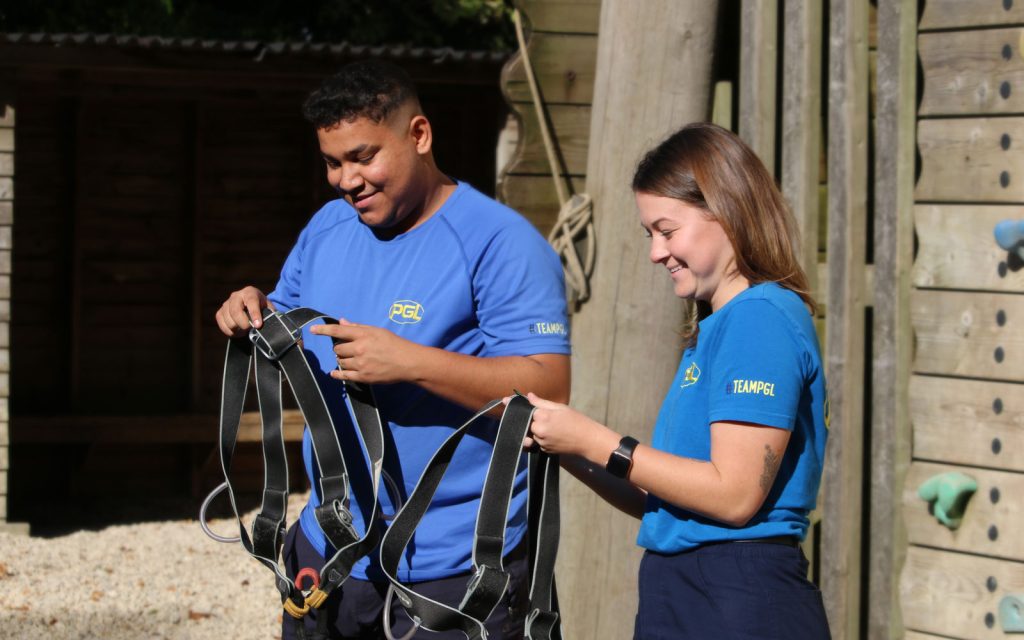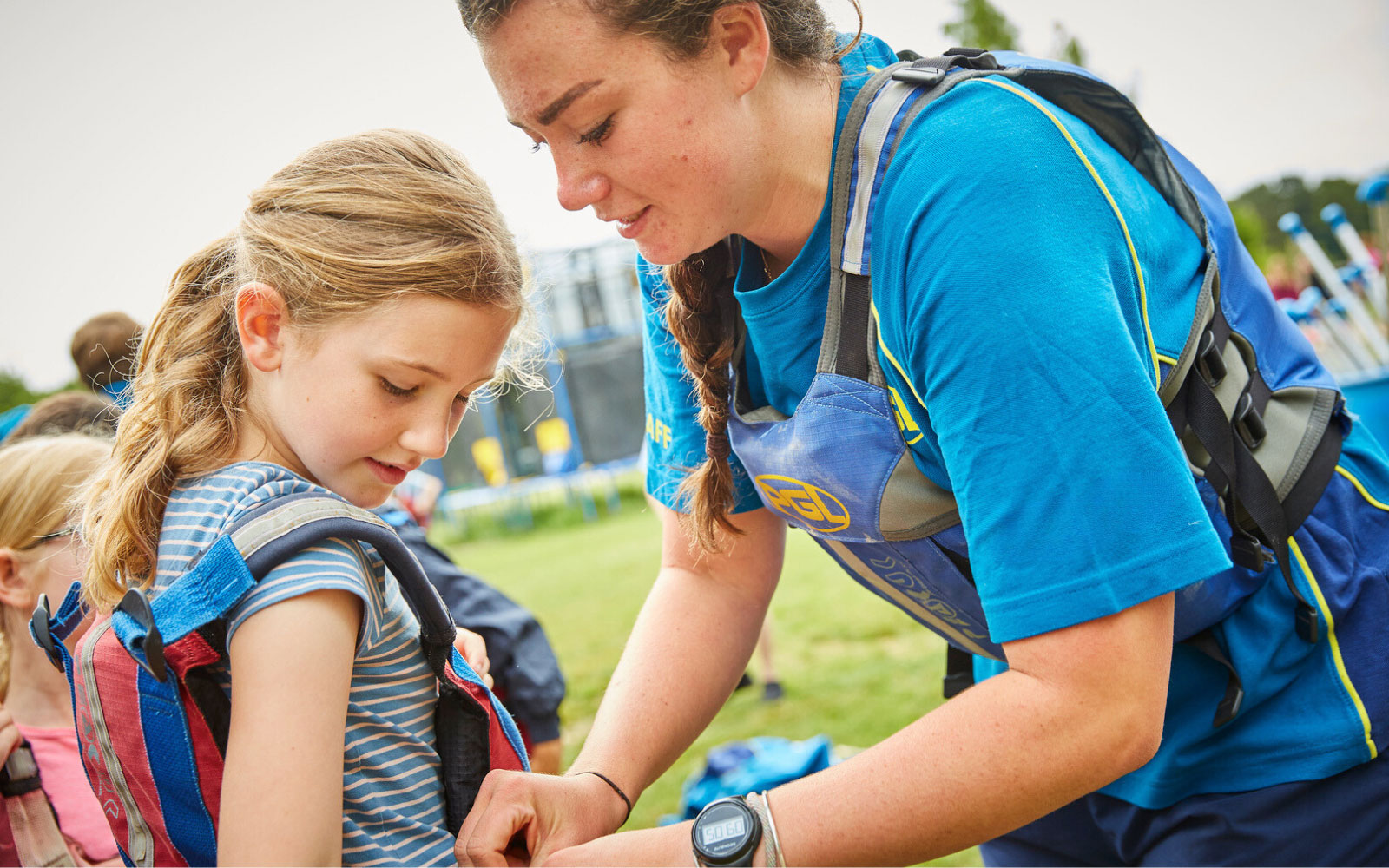Careers at Liddington
With over 250 members of #TEAMPGL, Liddington is a fantastic location to begin your PGL career. With a wide variety of core roles such as Activity Instruction and Hospitality, to more specialist positions such as teaching English as a Foreign Language (EFL) to our overseas guests, there’s something for everyone, and heaps of development opportunities at this bustling centre.


Why we love Liddington...
Being close to the town of Swindon means there’s plenty to do in the local area, such as cinemas, arcades, bowling, ice-skating, laser quest, museums and galleries. On centre, the People and Culture team provide a packed events programme for our teams including free pool nights, karaoke and bingo nights and lots of clubs such as soothing Sundays, dance, music and even kickboxing!
Colleague facilities include: Modern gym, floodlit all-weather sports pitches, football pitches, netball courts, colleague lounges, on-site bar, shop, laundrette and colleague wi-fi.



Meet the team at Liddington






